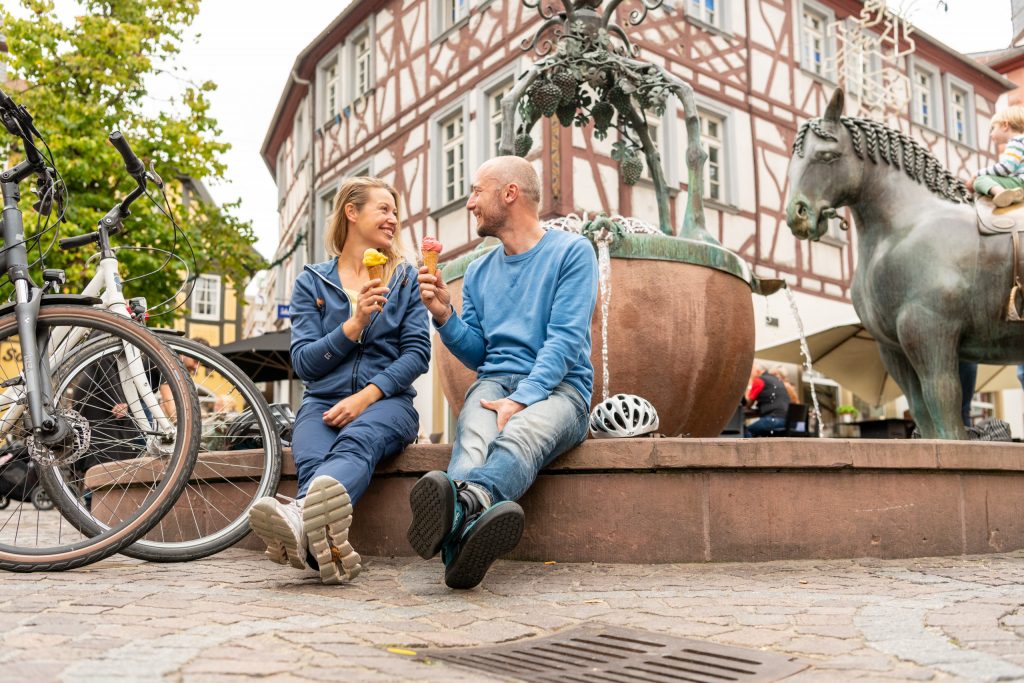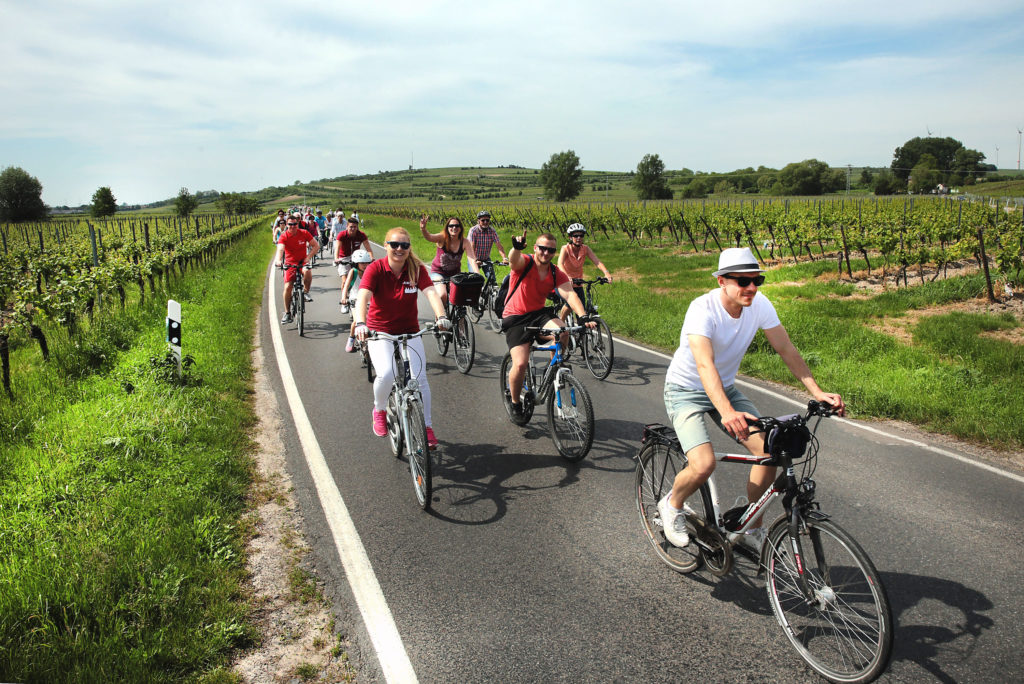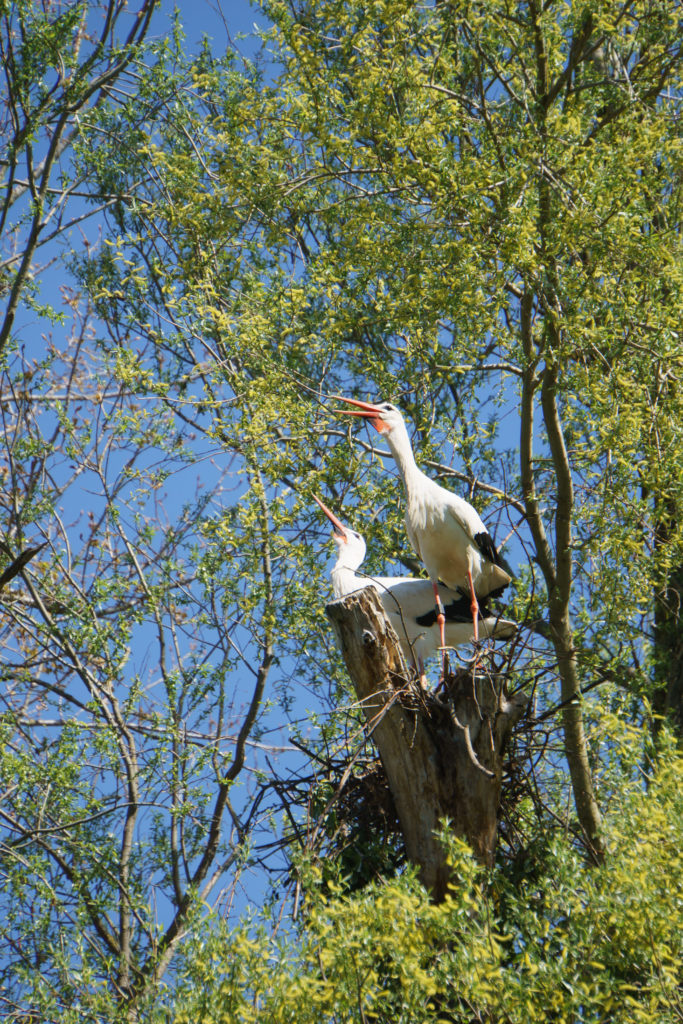On the road with the e-bike
The thousand Hiwwel Rheinhessen have awakened my enthusiasm for the e-bike. For a long time I thought someone might think I was too weak to make the distance on a normal bike when I got on an e-bike. That would be even nicer! But then I gave it a try and realized that without pedaling, not much moves on the e-bike either, and it's up to me how much assistance I want. On some of the bike tours through Rheinhessen I learned to love it, because in the hilly landscape the route becomes a pleasure and no climb or headwind decides more whether you want to make one or the other detour or not. When in doubt, the power gear solves the problem.
The appealing thing about the many Theme bike paths in Rheinhessen is that they can be combined in many variants to create new routes. One of them is the "Tour de Worms". I briefly wondered if the "de" in front of Worms was Roihessian, but it's probably called that because you can feel like you're on the "Tour de France". The "Tour de Worms" combines five themed and cross-country bike trails into one square. It starts at the Rhine promenade in Worms, then on the Hiwwel route across the Nibelungen city and westwards on the Zellertal cycle path into the Wonnegau region to Flörsheim-Dalsheim and from there on to Westhofen, where the Mühlen cycle path follows the Seebach to Osthofen. The last section leads dead straight along the Rheinterrassenroute back to Worms. That's about 45 kilometers, so plenty of time to look around and stop for a bite to eat.
The city of Worms
The City Worms manages every year anew that you have to go there at least once, in 2017 it was the Luther Jubilee, in 2018 the Cathedral birthday. And every year it is the Nibelungen Festivalwhich performs our most important German heroic saga in ever new variations. The "Tour de Worms" also begins at the Hagen Monument. It stands directly on the banks of the Rhine and shows us that the legendary treasure of the Nibelungs, which Hagen is supposed to have sunk into the Rhine as a precaution, has still not been found.
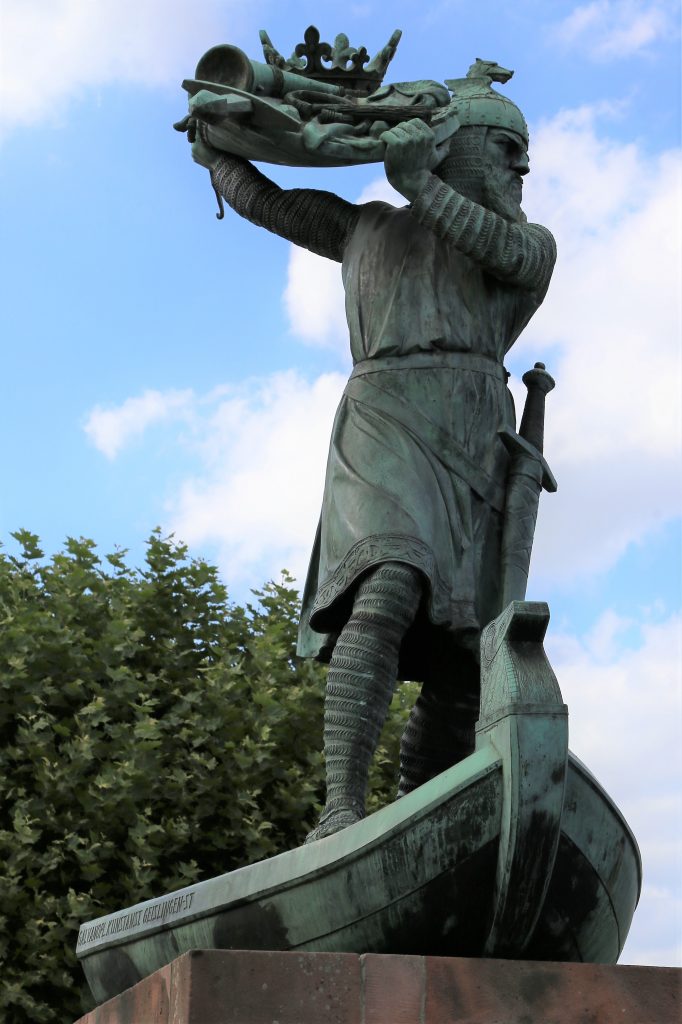
Under a beautiful plane tree avenue, it is important not to drive too fast here in the direction of the Rhine bridge, because the Rhine promenade is also the strolling mile for pedestrians in Worms. At Kolb's beer garden a small stop with a view of the menu is advised, which offers hearty and Rheinhessian and the prospect of a good wine to the legendary crispy chicken along with ships on the Rhine to finish the tour. If you want to be sure, reserve seats.
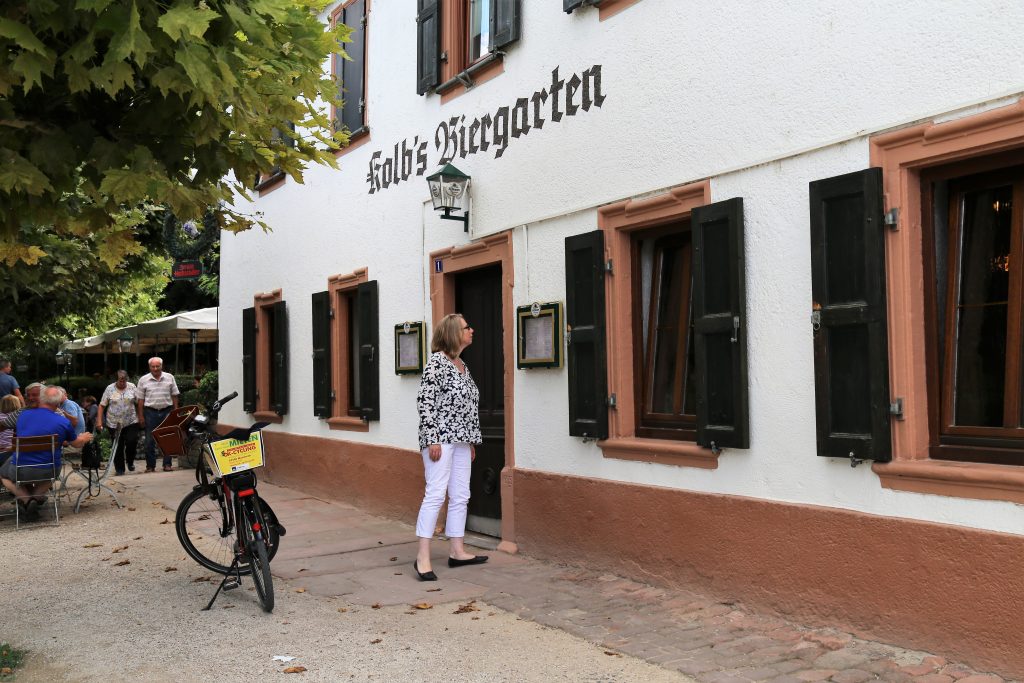
We get off the bike at St. Peter's Cathedral. Bishop Burchard, who stands cast in bronze in front of the "basilica minor", consecrated the previous building 1000 years ago. The baroque pearl of the cathedral is the high altar, created by the famous master builder Johann Balthasar Neumann from gilded wood and marble. A second eye-catcher is the dachshund at the south portal of the cathedral, which the cathedral master builder Philipp Brand immortalized there in stone like a saint in 1920. He did it out of gratitude because the faithful dog warned him of a falling stone.
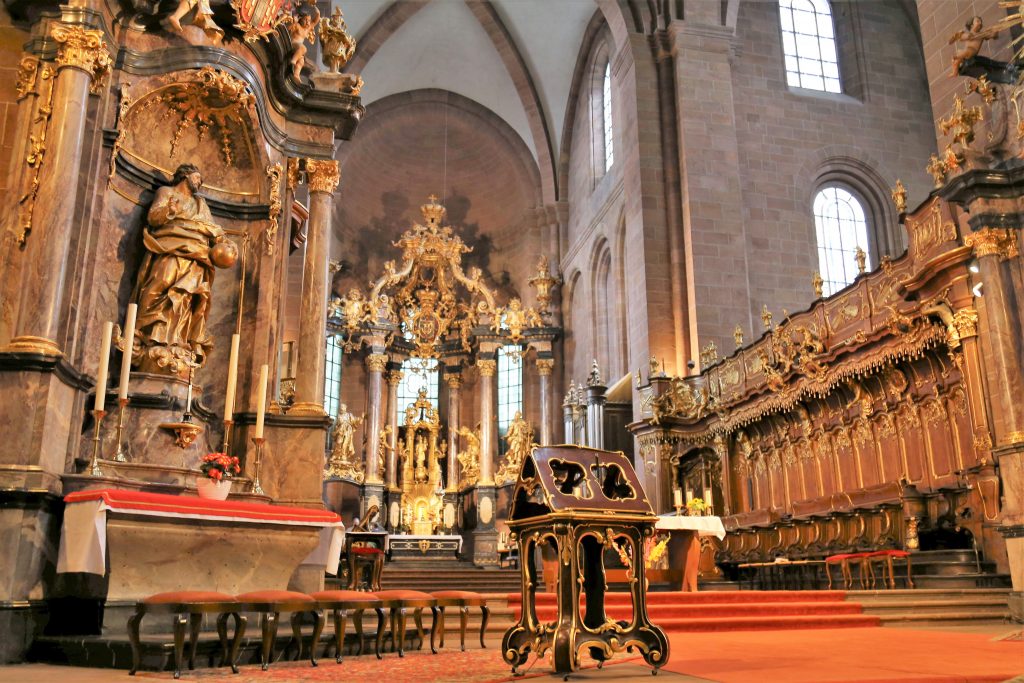
On the Zellertal cycle path, the southernmost Rheinhessen cycle path, I cycle west and am still on the Hiwwel route: the two cycle paths share a route here. The small river Pfrimm gives the direction and at the latest between Pfeddersheim and Monsheim it becomes clear that one moves from the plain into the hilly country and the tour description "easy climb" is quite in the sense of the observer and his fitness. It's nice to get some support from the e-bike and not lose speed.
Direction Wonnegau
Where the Monsheim main road meets the B 271, the "Tour de Worms" turns right and heads north through the Wonnegau. Also nice hiwwelig, but with the e-bike it remains pure bliss. The charming thing about the Rhine-Hessian landscape is the variety between vineyards, fields and orchards, which you won't find anywhere else in Rhineland-Palatinate.
In Flörsheim-Dalsheim, I am particularly curious about the so-called Fleckenmauer, which is one of the most important sights in Rheinhessen belongs. Flecken, however, the only preserved medieval town fortification in Rheinhessen has none, but is called so because it surrounded the former village of Dagolfesheim. Tour guide Beate Hess has the key and with her I climb the wall, which is over a kilometer long and built of unhewn limestone, is up to ten meters high and has seven towers. There are regular open tours of the wall in Flörsheim-Dalsheim, which are really worthwhile. The view is wide and fantastic.
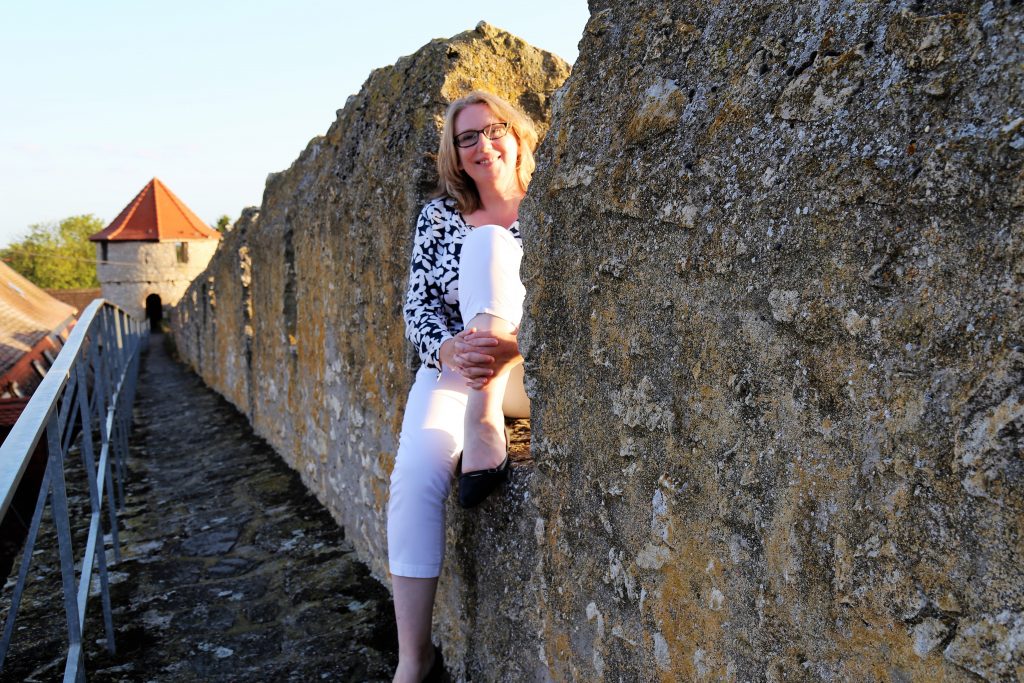
In Gundersheim, the Tour de Worms sets course again in the direction of the Rhine. In Westhofen, a refreshing rest is in order at the Seebach spring. The artesian spring is the source of the Seebach, which flows into the Rhine about ten kilometers north of Worms. On the steps, which used to be the place for the women of the village to wash clothes, you can sit down and dangle your legs in the water.
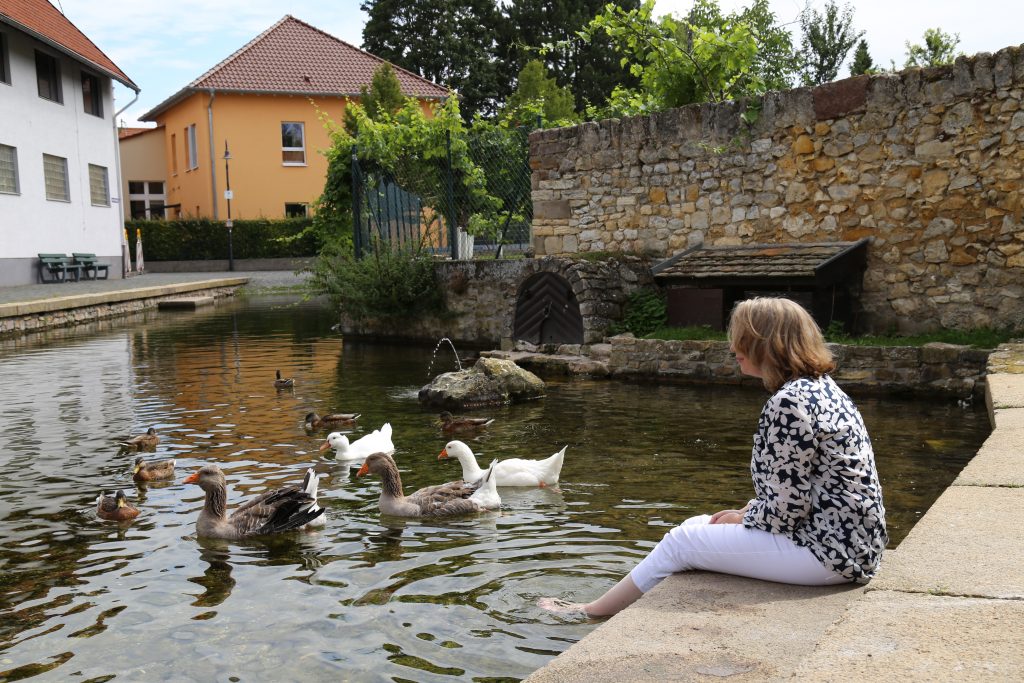
Westhofen
A cozy place in Westhofen is the ruin of the Liebfrauenkirche. Unused, it decayed in the course of history, only the outer walls were preserved. This makes the church a mysterious and beautiful place. This is certainly helped by the fact that it is surrounded by old black locust trees, willows, lime trees and copper beeches.
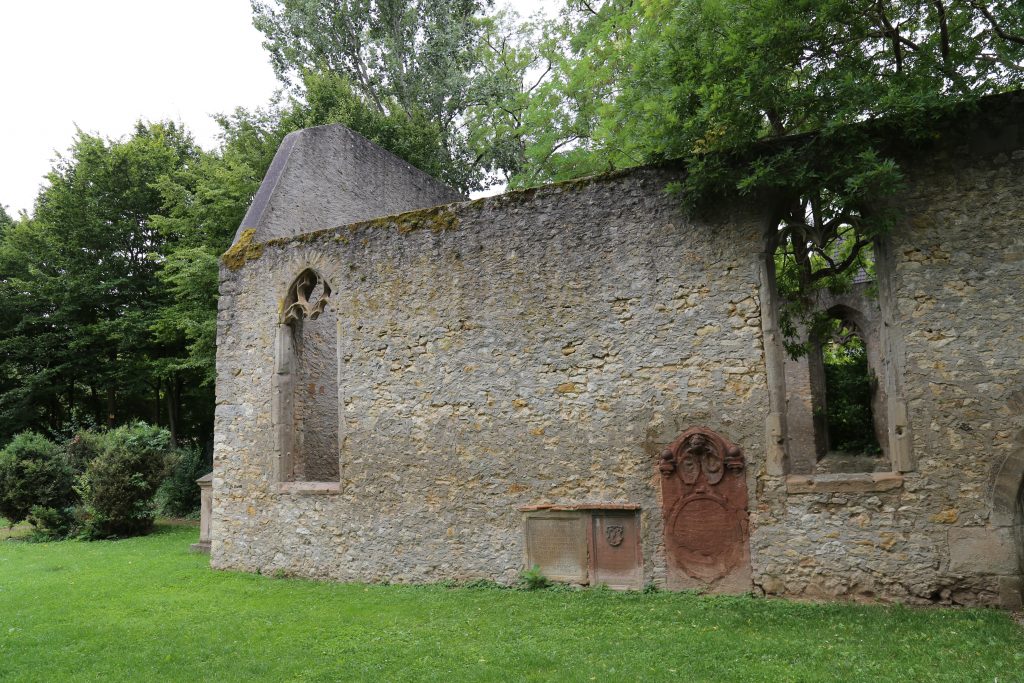
Osthofen
Straight ahead we continue to Osthofen to another special feature of Rheinhessen. This refers to the original vineyard cottages. Quite different from the famous trullo of Flonheim, a small fairy-tale castle stands here high above the Cabernet Sauvignon vines of the Kratz winery in the vineyard with the enigmatic name "Leckzapfen". Birgit Kratz can clear this up and tells us that the wine here has always tasted so good that even the cone that sealed the wine barrels was licked off. The miniature castle was built by Gustav Weißheimer, who owned not only wineries but also several mills at the end of the 19th century. The lick was his way of showing what could be afforded. From the small balcony, the peaks of Worms Cathedral can already be seen in the far distance and, further to the left, the ridges of the Odenwald.
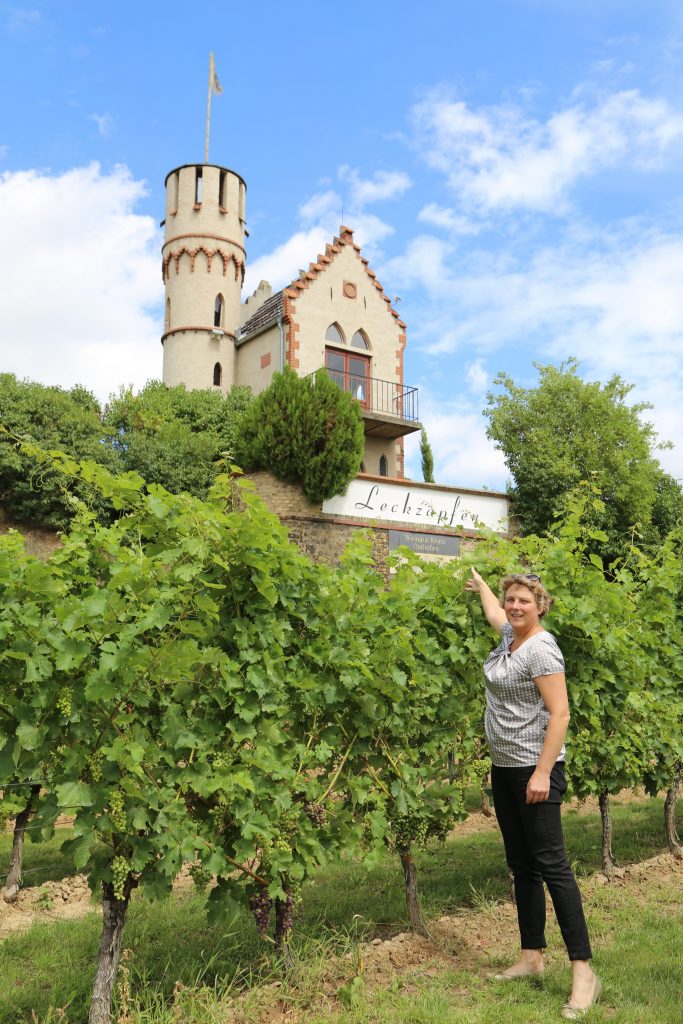
In Osthofen, the Tour de Worms starts the home stretch and follows the course of the Rhine to Worms. But before the well-deserved feast in Kolb's beer garden at the finish, a stop in Herrnsheim Castle Park is worthwhile.
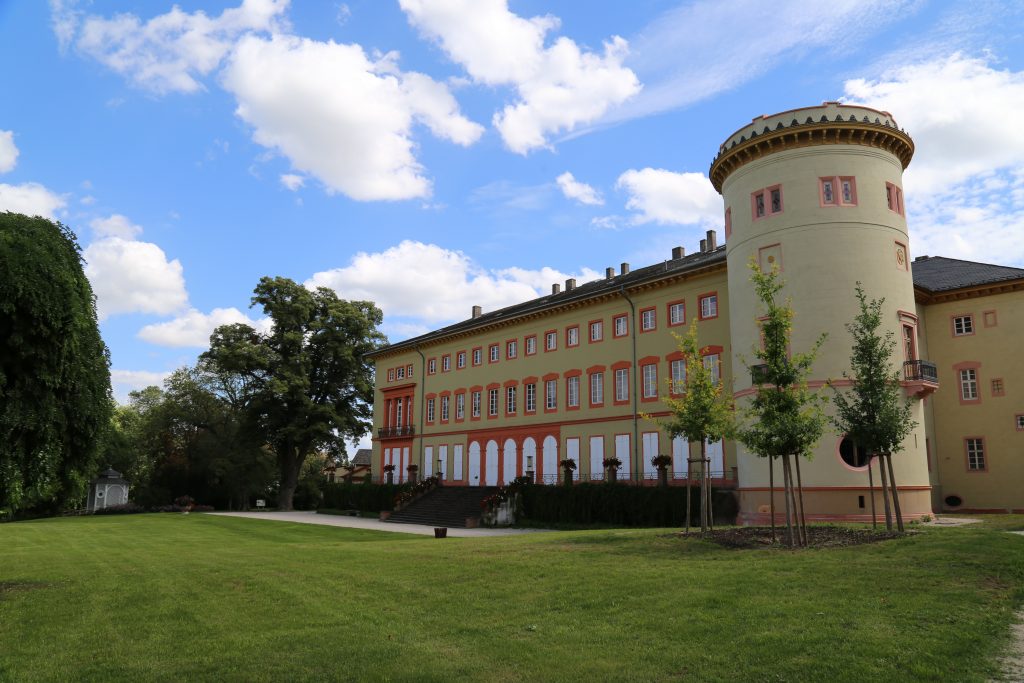
The castle is one of the most famous Empire buildings in Rhineland-Palatinate. The park, created in 1790 in the style of an English garden, is a dream of generously laid out meadows, groves, ponds, bridges, islands and secluded spots.
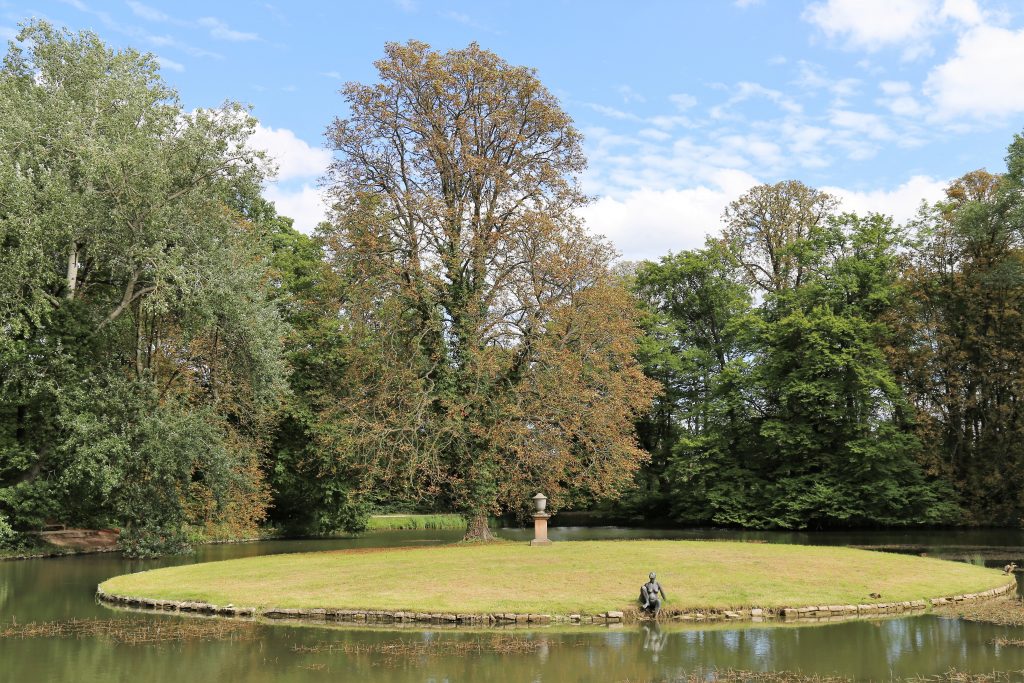
Hidden behind a large large-leaved lime tree is the Wonnegau oil mill, which is a specialist in cold-pressed oils. In the store you can buy not only different oils, but also pesto and fruity.
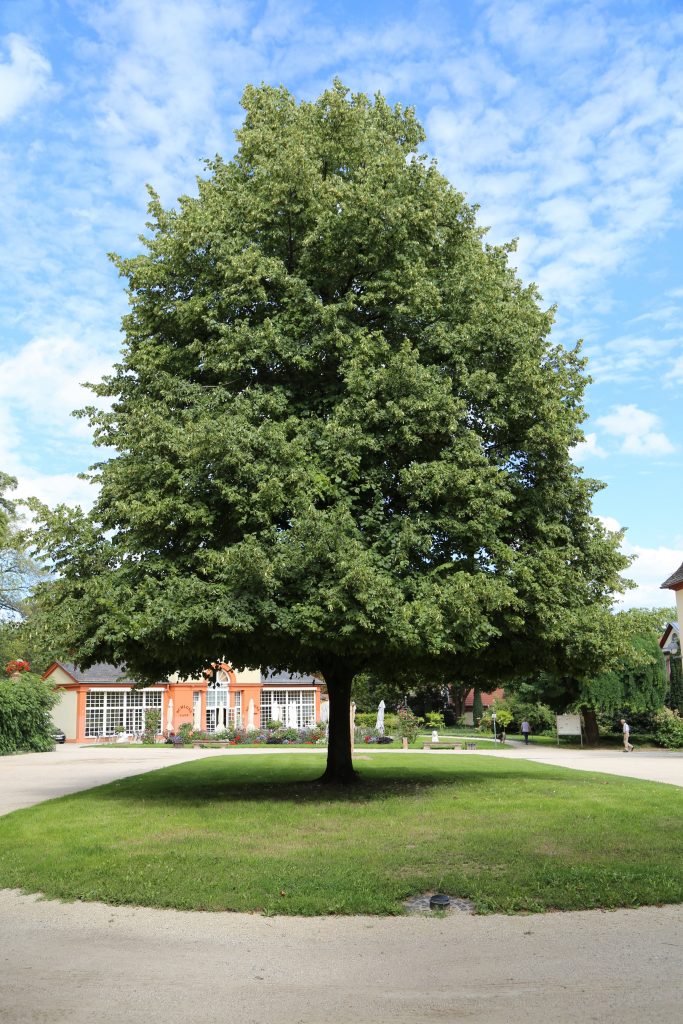

For your own planning of the "Tour de Worms" there is of course also the Tour description with map and even more beautiful impressions.
If you are also interested in other bike tours and everything else around cycling in Rheinhessen you will find on the Wheel pages found.

